Much has changed since the Komati Power Station in Mpumalanga went into commercial operation in the 1960s. With the Medupi Power Station in Limpopo having entered full commercial service in 2021 — and as South Africa battles with regular power cuts — it is worth seeing how much has changed over the years.
The comparisons in scale are perhaps most noticeable. While any power station, to the average outsider with limited engineering knowledge, is an impressive sight to behold, comparing the inner workings of South Africa’s oldest and newest coal-fired power plants is illuminating and gives us an insight into decades of technological progress.
It also offers a glimpse into how South Africa has cemented its status as one of the largest pollution emitters on the planet.
In November 2021, Our Burning Planet was given an inside look at how Eskom’s Komati Power Station works. Currently the oldest operating station in the utility’s coal fleet, it has generated electricity since 1961 and is scheduled for decommissioning by the end of this year.
At present, it is the site of a pilot project to develop solar-powered microgrid systems to provide power to far-flung and underserved areas.
The past — Komati Power Station
According to Eskom’s website, Komati Power Station’s “ultimate capacity was to be 1,000 kilowatts produced by five generators of 100,000kW each and four generators of 125,000kW each”.
At the time of its completion, it was envisioned that the station would need 12,000 tons of coal a day.
Komati Power Station general manager Marcus Nemadodzi explained to Our Burning Planet how his station works.
After being transported from the mine to the station, coal is pulverised to a very fine powder in large mills. This finely pulverised coal powder is then blown into a boiler furnace where combustion occurs.
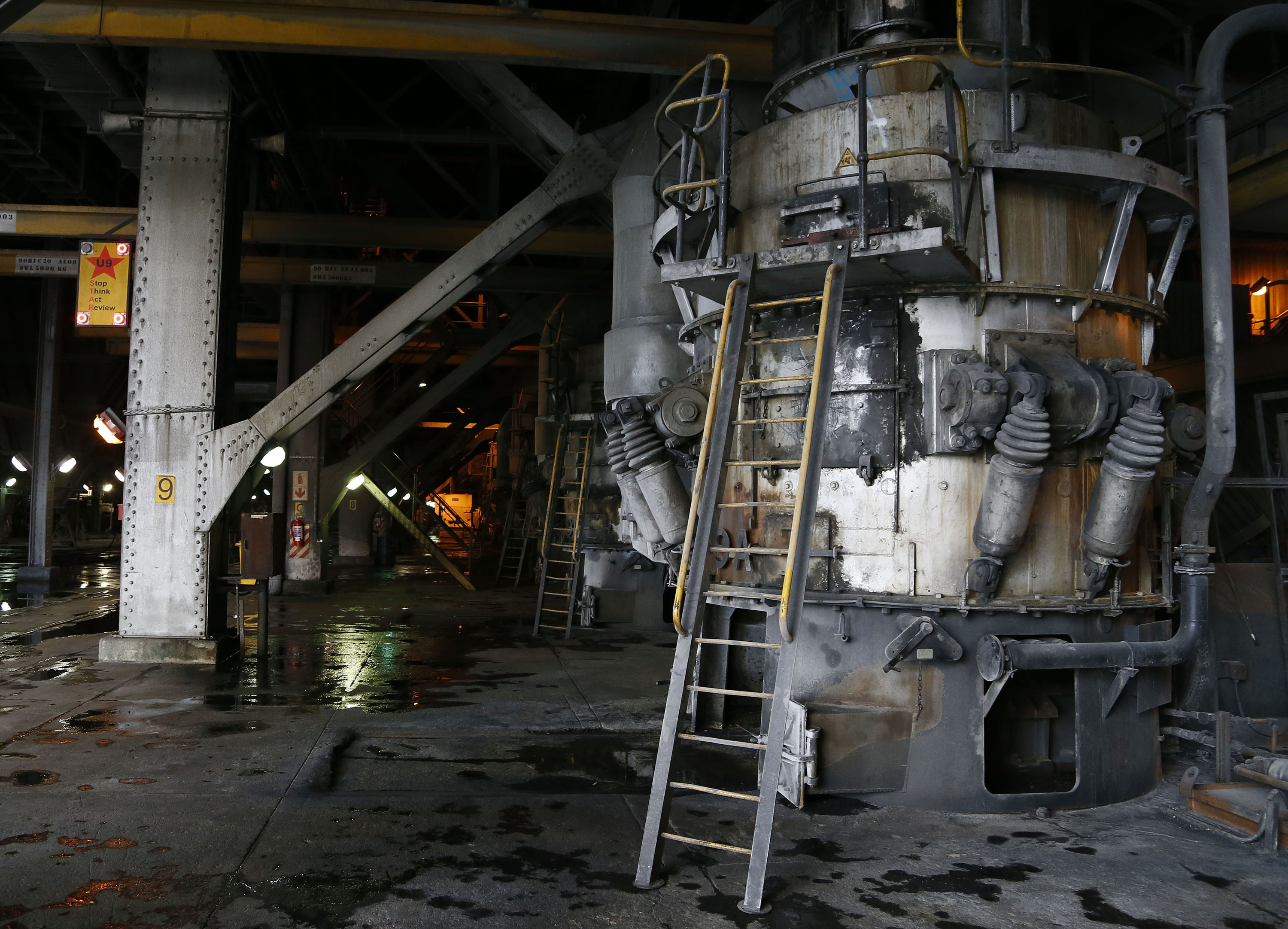
The walls of the boiler furnace are lined with hundreds of metres of boiler tubes and water is converted into steam.
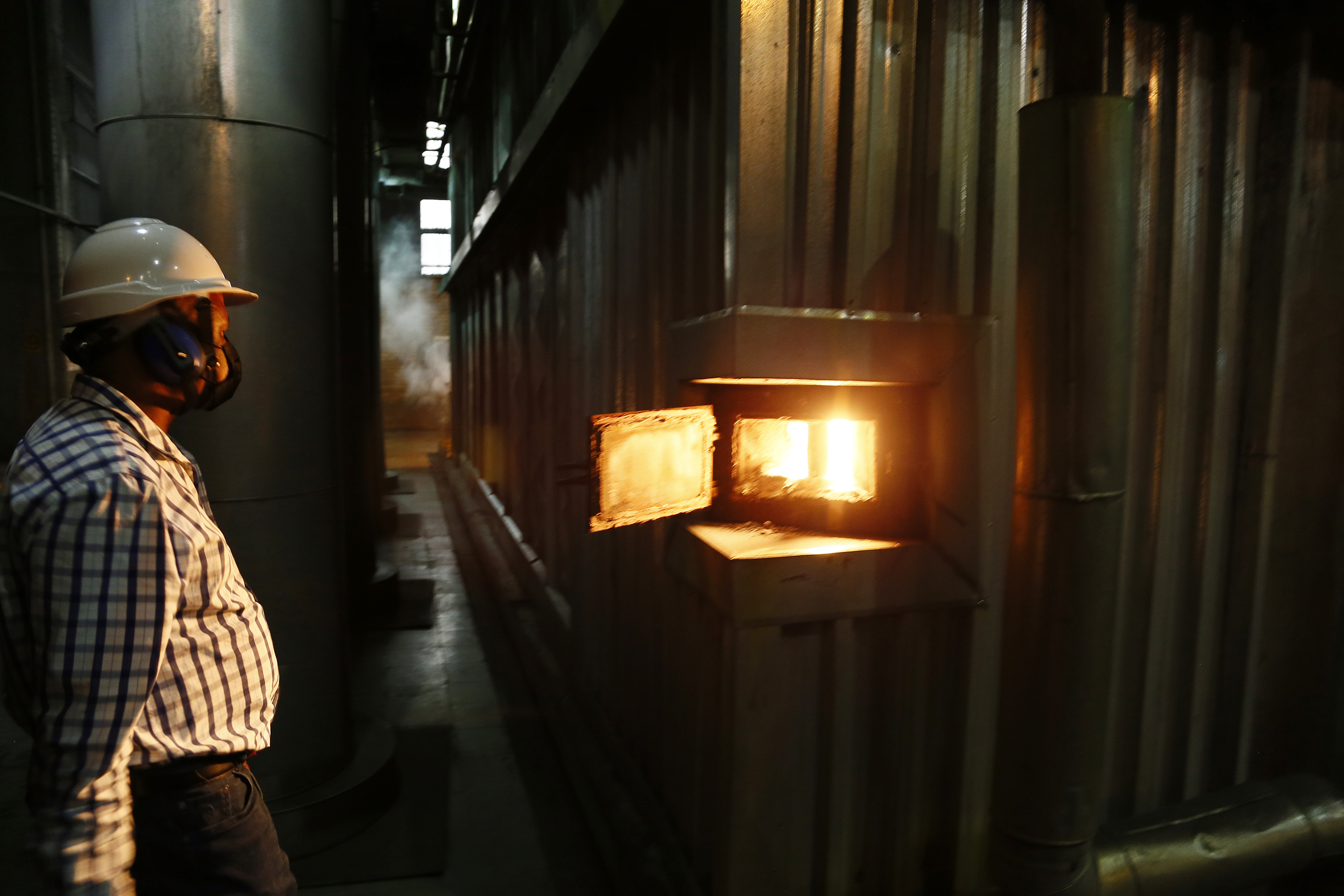
This hot, high-pressure steam is directed to the turbines.
“As the steam passes through the turbine at high velocity, it expands and gives up a part of its energy to the turbine rotor which drives the generator at 3,000 revolutions per minute,” Eskom explains on its website.
“At the turbine exhaust end the steam temperature is only about 100°F and its pressure is about 12 lbs per square inch below atmosphere, i.e. nearly that of a perfect vacuum.
“To attain this low temperature and pressure, the steam has to be condensed at the low pressure” and for this purpose a “large quantity of cooling water is pumped through tube nests inside the condenser. The condensed steam is extracted from the condenser and, after passing through various heaters, is returned to the boiler for reuse.”
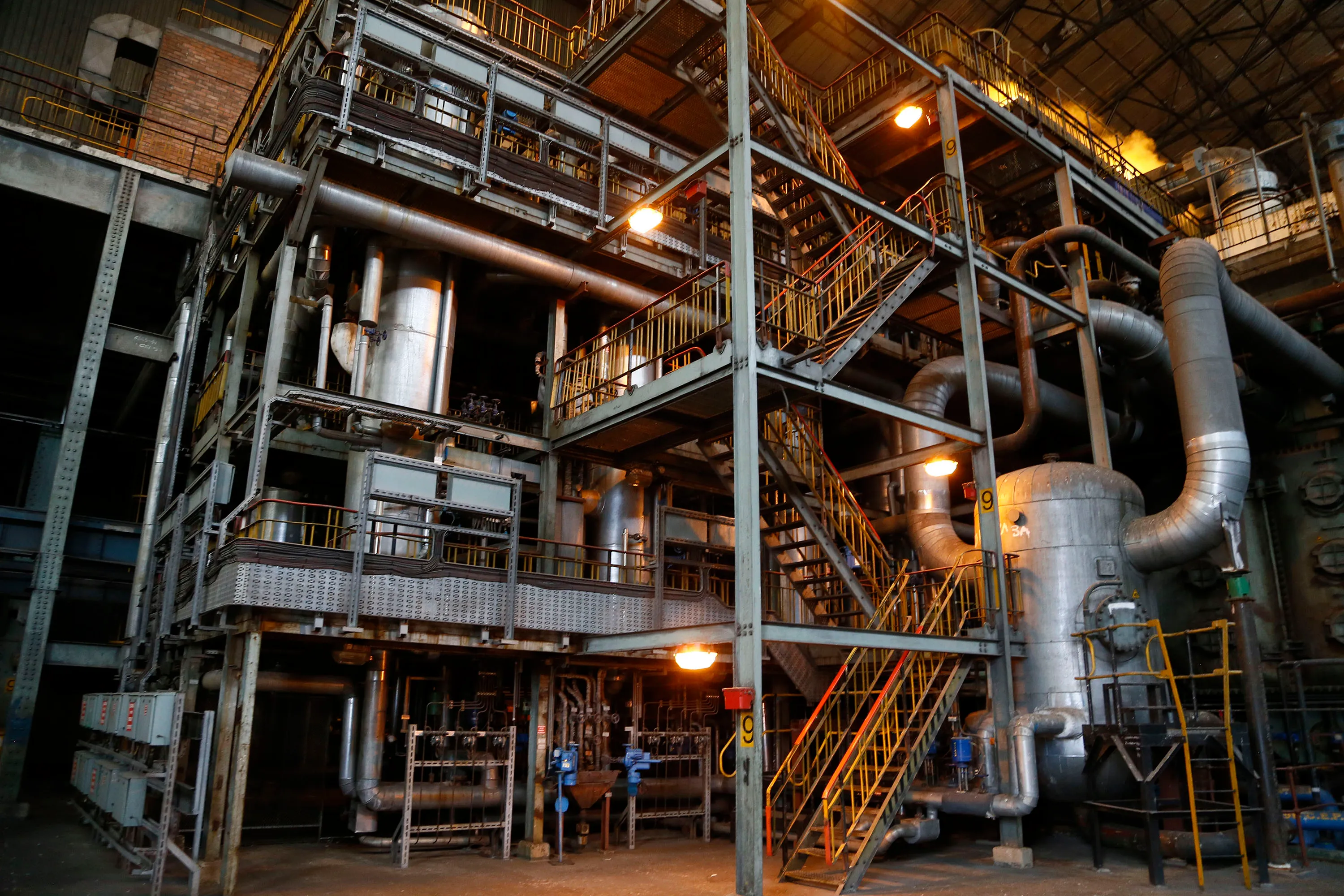
Eskom’s website goes on to explain that “a 100,000kW turbine requires about 4,000,000 gallons of cooling water per hour for its condenser. The temperature of this water is raised about 15°F while passing through the condenser and it has to be cooled again before it can be reused.
“For this purpose, it is pumped into the cooling towers where it is cooled partially by evaporation and partially by warming the air that flows into the bottom and out of the top of the cooling towers.”
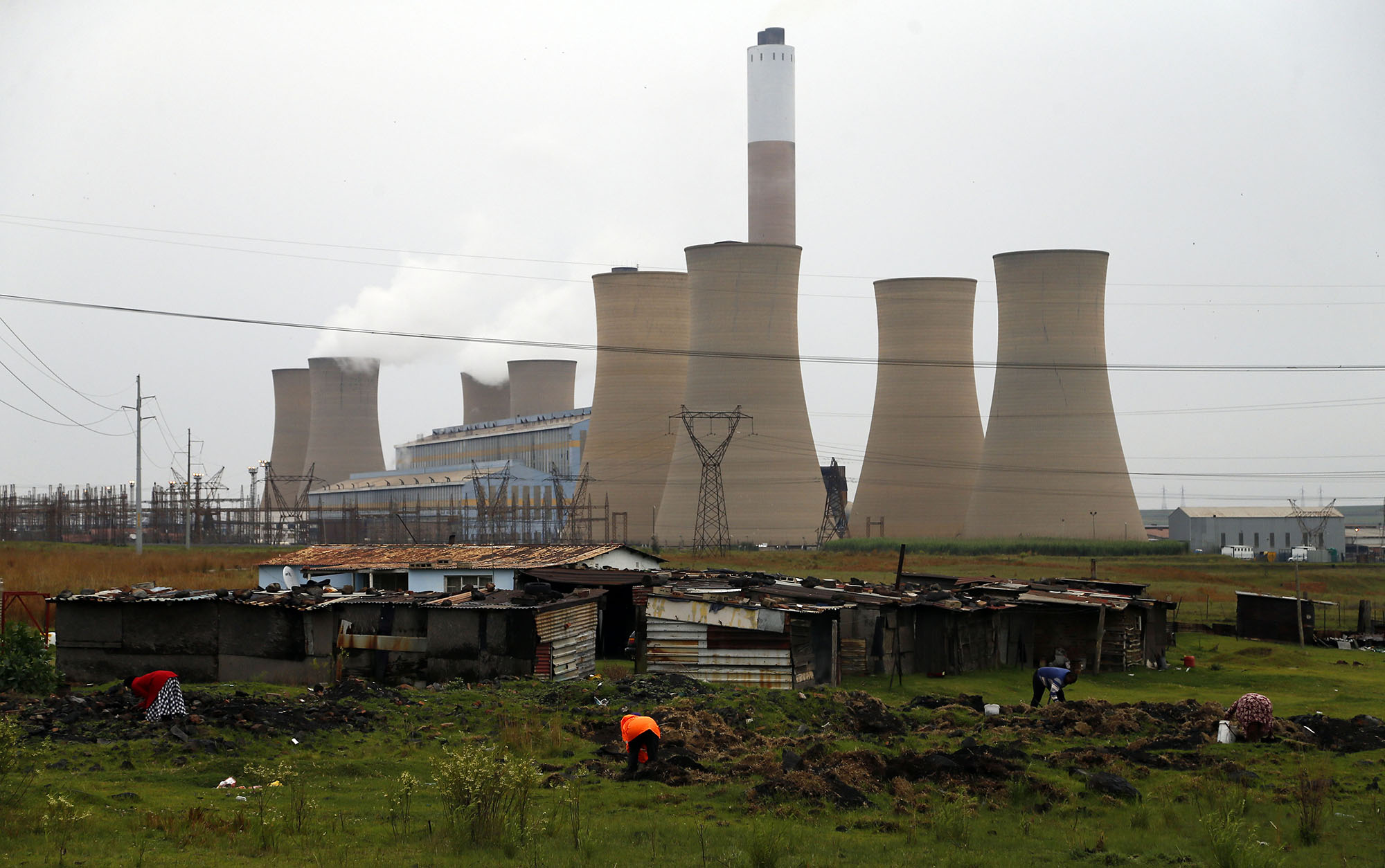
Komati is now in the final months of its operational life.
Coal’s role in South Africa’s energy mix is far from over, however, with Eskom planning to bring more coal-fired generating capacity online, while the Department of Mineral Resources and Energy plans to keep it as part of its energy mix.
The Medupi Power Station in Lephalale, Limpopo, offers an insight into how much the technology has changed over the decades since Komati was first fired up.
The present — Medupi
On Eskom’s website, they explain that Medupi is a coal-fired power station comprising six units rated in total at 4,800 megawatts of installed capacity.
When it finally achieved commercial operation status in 2021, it was the largest dry-cooled power station in the world, and the fourth-largest coal-fired power plant on the planet.
In May 2022, Our Burning Planet was afforded the opportunity to see the inside of this modern behemoth.
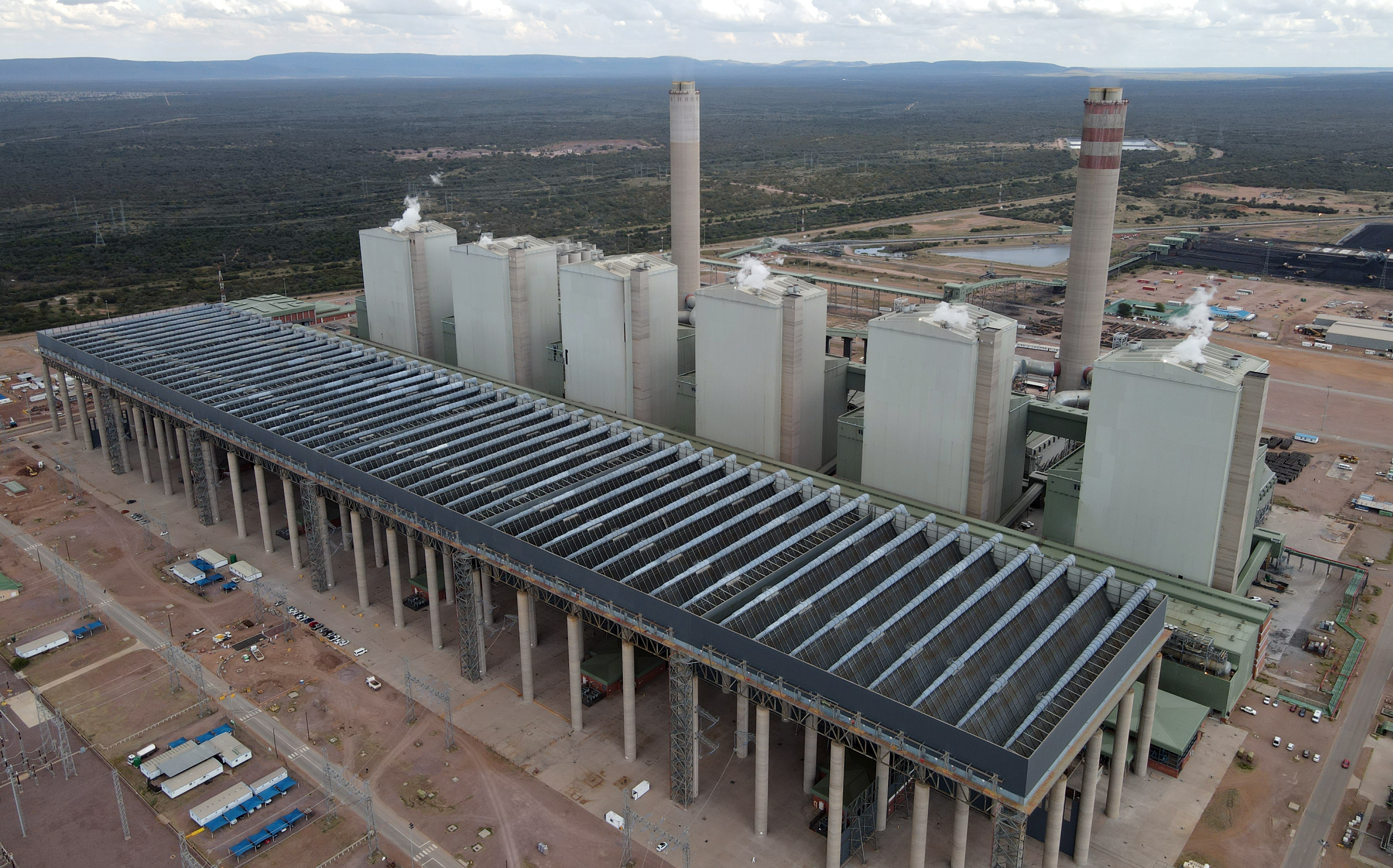
Acting plant general manager, Zweli Witbooi, explained how Medupi works. “We are a six unit station generating 794MW gross, but sending 720MW to the grid.”
Exxaro’s Grootgeluk coal mine provides the plant with a steady supply of coal for its 7km-long conveyor. It has enough coal to supply the power plant until the end of its life. The plant is designed to operate for 50 years.
Witbooi explained that the coal is stored at a 10,000 ton silo and fed on to conveyors which move the coal into bunkers and then directly into the coal mills. At these mills, like at Komati, the coal is pulverised into a fine powder.
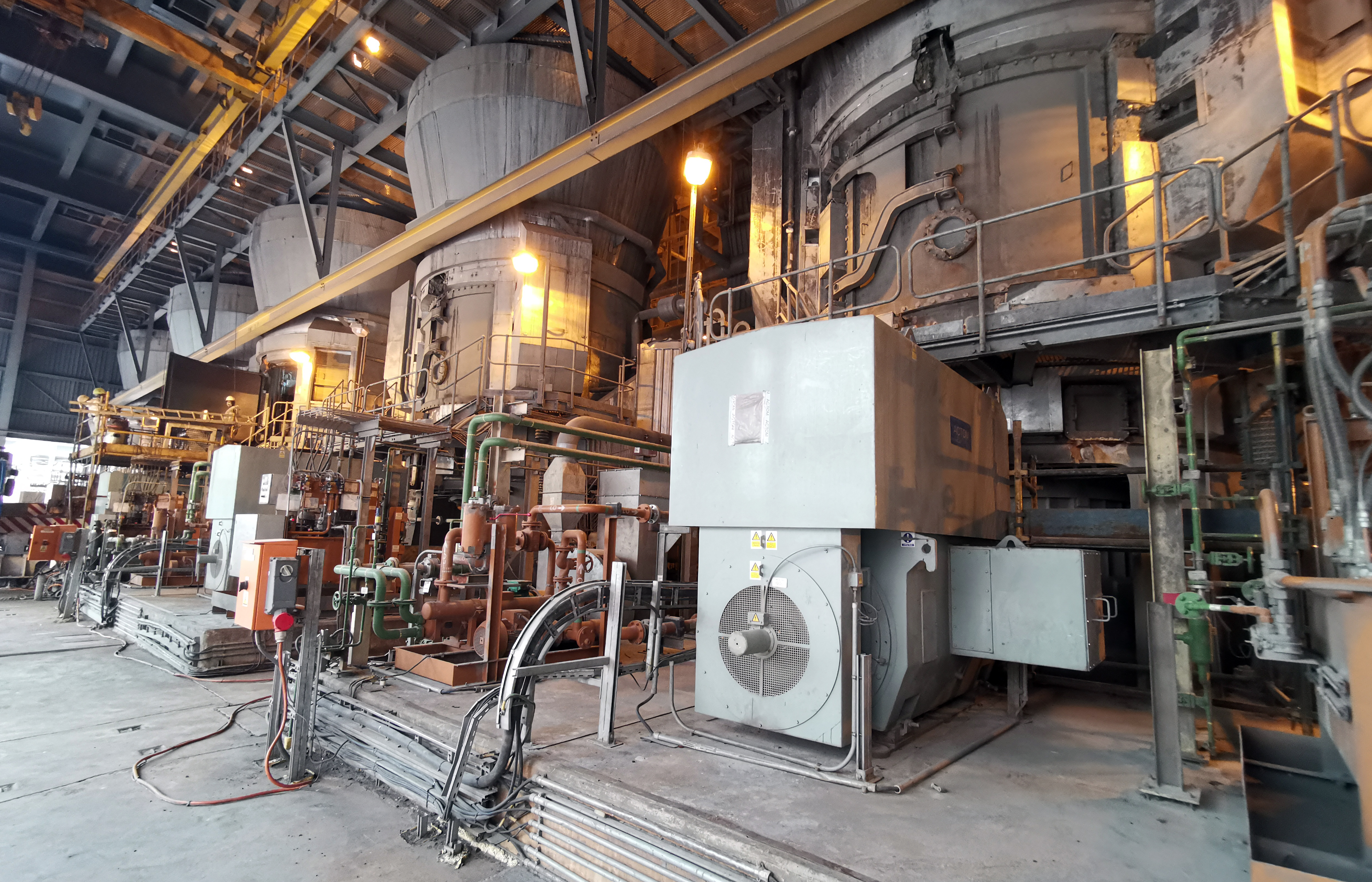
Fans then blow that fuel into the boiler. This is followed by the combustion process, which includes various stages of heating water to become steam.
The power plant uses supercritical technology with its boilers and turbines that operate at higher temperatures and pressures than Eskom’s older plants.
The steam from that process is sent to the turbine in stages with a high-pressure, intermediate-pressure and two low-pressure stages.
This connects to the generator which, at full speed in Medupi, is able to produce 794MW per generating unit, which then goes to the grid.
To get a better sense of just how much electricity that is, Witbooi explained that if there was Stage 1 load shedding, losing one of these 794MW units could result in Eskom taking the country to Stage 2.
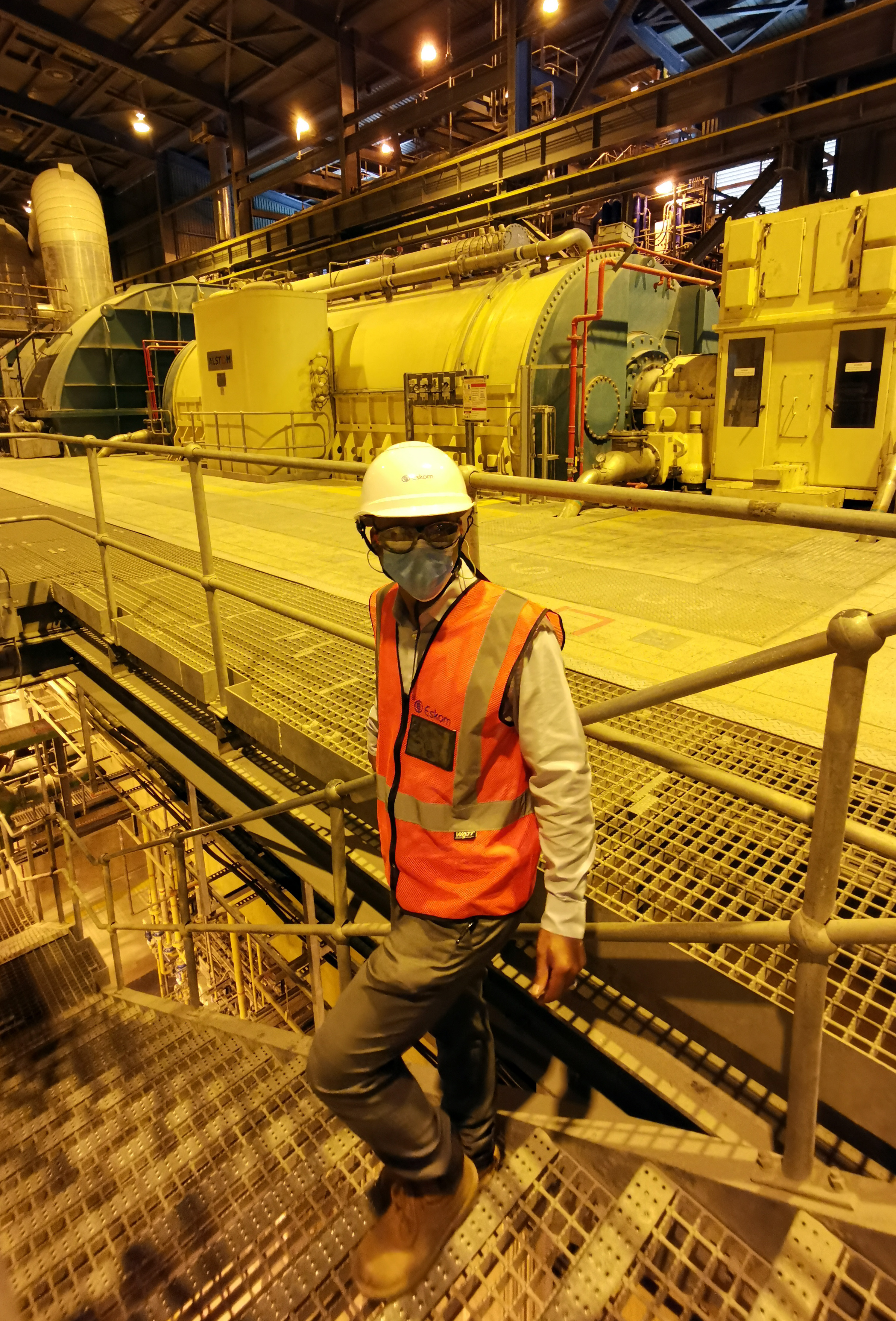
Unlike Komati, Medupi Power Station is air-cooled, which means you won’t see the usual tell-tale cooling towers emitting condensation and steam into the sky.
Instead, the plant is cooled by dozens of huge fans. This is meant to offset some of the potential environmental impacts of the plant on the area’s already scarce water resources.
Eskom says that “Medupi is also built ready for the installation of abatement technology such as flue gas desulphurisation, which will reduce sulphur dioxide (SO2) emissions by more than 90%.
“It will also include pulse jet fabric filters, which will remove approximately 99% of particulate matter, and low NOx burners that reduce nitrogen oxide emissions. All of this will have an effect of reducing the environmental impact on ambient air quality.”
However, the reality differs.
Medupi continues to face a number of design defects. These include high furnace gas temperature and high reheater spray flow, milling plant defects, poor performance of the pulse jet fabric filter, poor performance by the gas air heater and duct erosion.
Efforts are under way to fix these problems, with early indications of success in rectifying the defects in the mills.
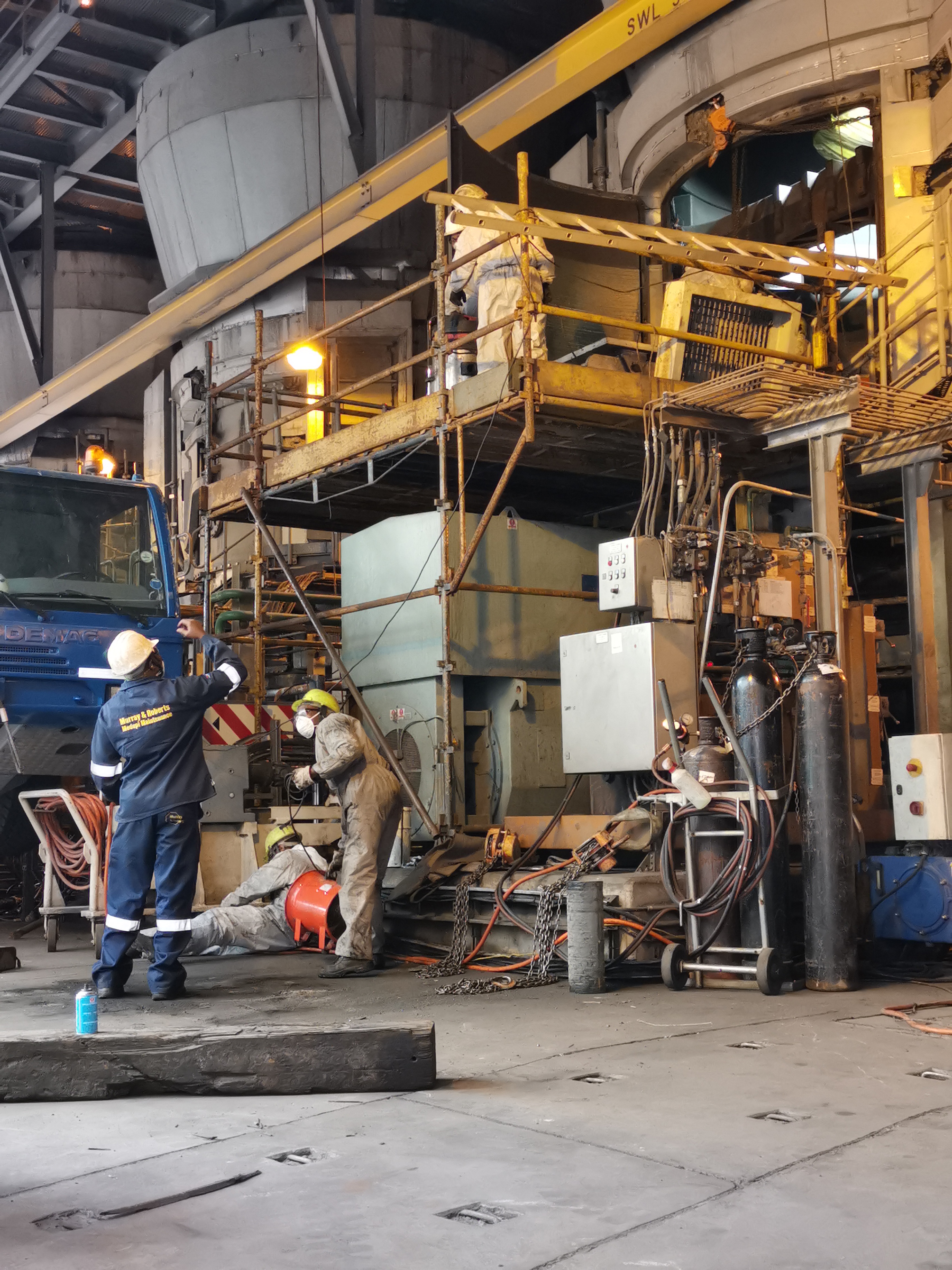
The future — Integrated Resource Plan
South Africa’s Integrated Resource Plan 2019 envisions adding more coal-powered generation capacity into the country’s energy mix.
“Beyond Medupi and Kusile, coal will continue to play a significant role in electricity generation in South Africa in the foreseeable future, as it is the largest base of the installed generation capacity and it makes up the largest share of energy generated.
“Due to the design life of the existing coal fleet and the abundance of coal resources, new investments will need to be made in more efficient coal technologies (HELE technology, including supercritical and ultra-supercritical power plants with CCUS ) to comply with climate and environmental requirements.”
In a webinar on 17 May 2022, Dr Fatih Birol, executive director of the International Energy Agency, responded to Our Burning Planet’s questions about South Africa’s plans to build new coal power plants.
“First of all, I would like to say that when we talk about coal, we should not forget that many — if not all — advanced economies today realised their economic development, their economic progress, by using a lot of coal in the 1950s, 1960s and as a result put a lot of emissions in the atmosphere.
“Now, today, developing countries — South Africa, Indonesia, India — they use a lot of coal, and if we want to see their coal use decline, advanced economies have to support them in phasing out coal.
“It is, in my view, an economic and moral responsibility of the advanced economies. This is number one,” he said.
Birol continued: “Number two. Yes, there are technologies that can help us, such as carbon capture and storage, to use coal without having emissions. Again, this would require a substantial amount of financial assistance from the advanced economies.
“And third,” said Birol, “we should not forget the fact that coal is not only a problem for climate change — for global emissions — but it is also a problem for local pollution… for the citizens of those countries.
“Therefore, there is a need in those countries — it can be South Africa, it can be Indonesia — for governments to come up with strategies to reduce the share of coal in a timely manner with the help — financial help — of the advanced economies to reduce coal use… not only to support the global fight against climate change, but also for the health and benefit of their own citizens.” OBP/DM


